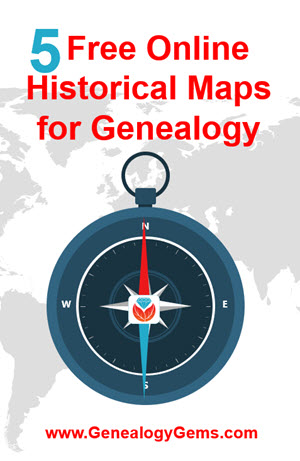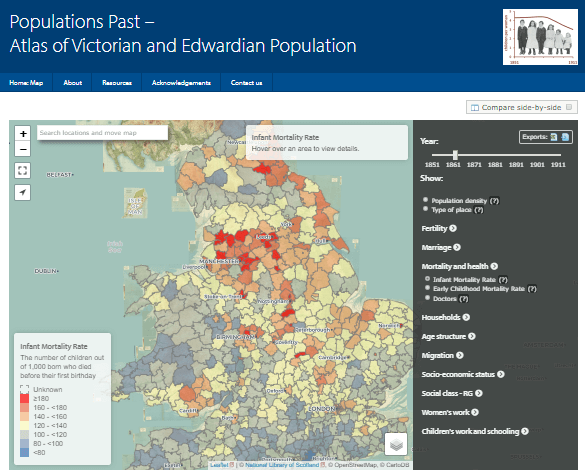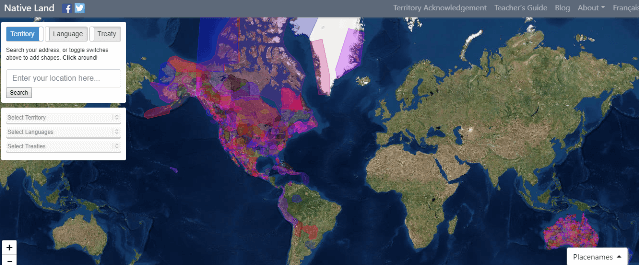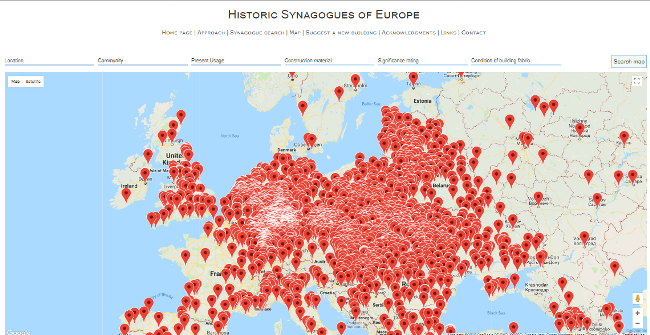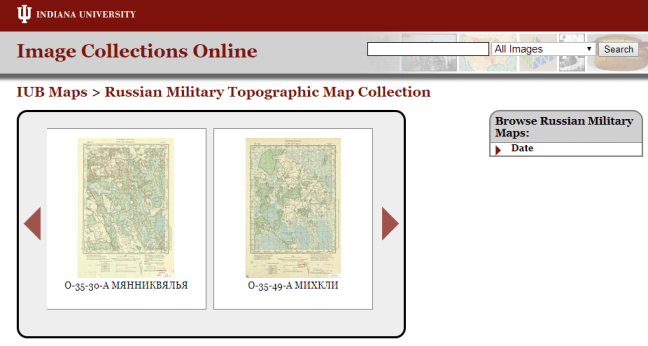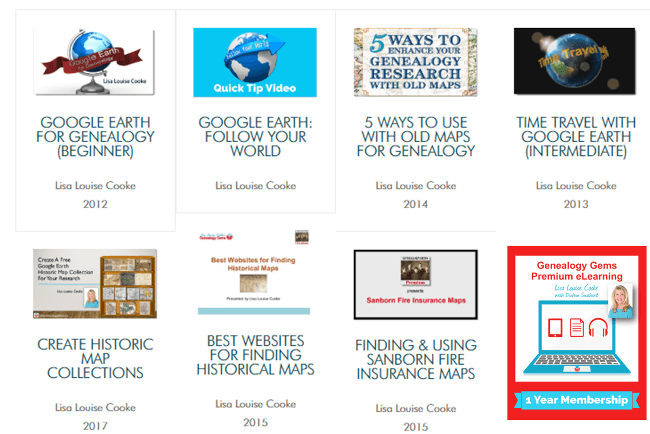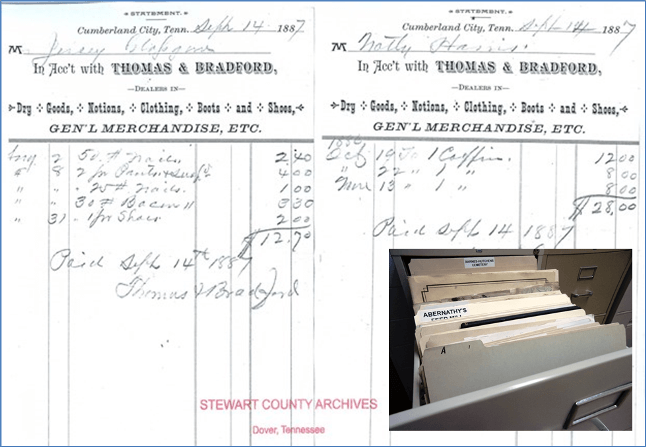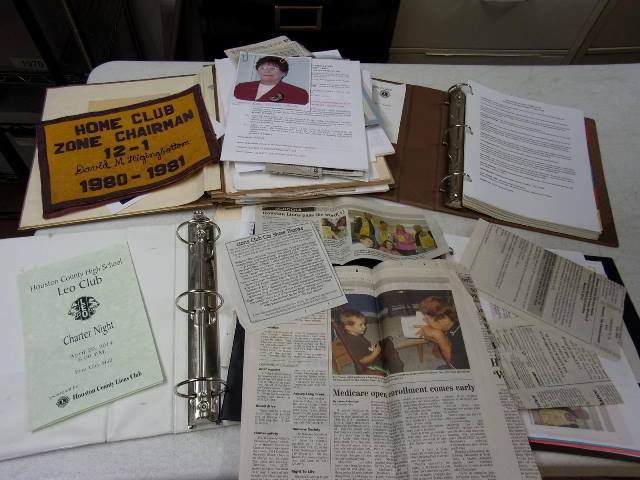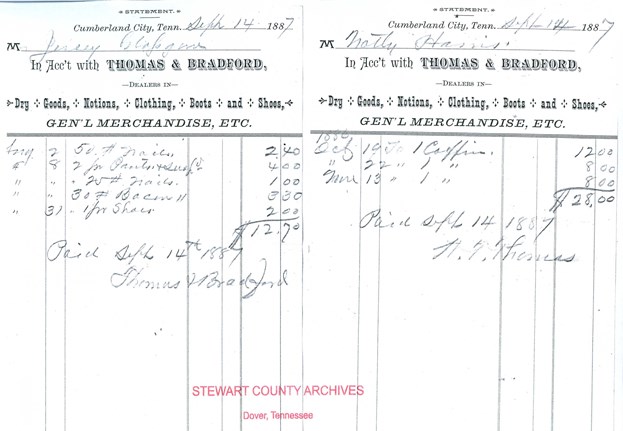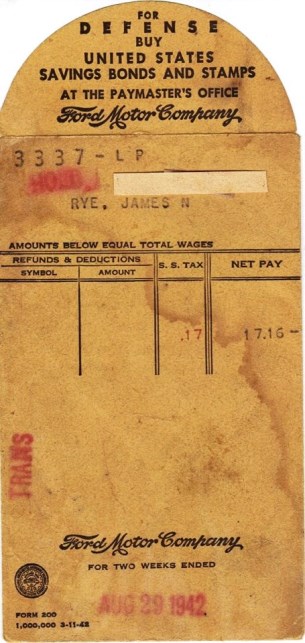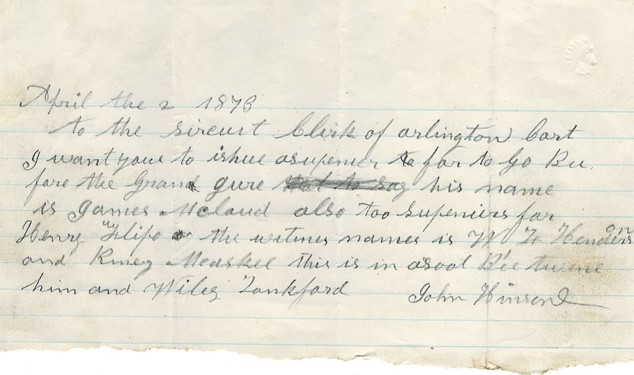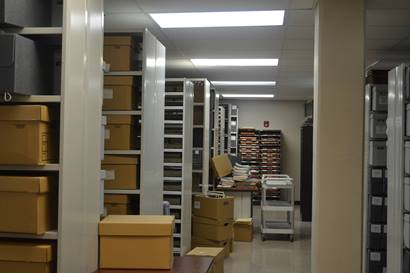Blog


How to Use the FamilySearch Catalog: Your Ultimate Portal to Free Genealogy Records
Every genealogist should know how to search the FamilySearch Catalog, a portal to nearly 750 million FREE historical record images you won’t find anywhere else on the site! These digitized records are being updated DAILY by camera teams who are digitizing records around the world–and digitizing microfilmed collections at the Family History Library in Salt Lake City, Utah.
Recently, the free genealogy giant FamilySearch.org announced that its browse-only digital record collections have topped 2 BILLION! About 750 million of these are only searchable from the FamilySearch Catalog. The Catalog is where they put all new images collected DAILY from digitized microfilms or from their digital camera operators around the world. These images may still need some organizing and fine-tuning, but they’re an up-to-the-minute asset you will appreciate when you need them to take the next step in your research.
The Catalog also shows you information about books, maps, compiled family histories and other valuable genealogical resources that aren’t online but are available at the Family History Library in Salt Lake City, Utah or perhaps through Inter-library loan from another library. Yet another reason to search the Catalog! So here’s how to do it….
How to use the FamilySearch Catalog
To use the FamilySearch Catalog, go to www.familysearch.org and log in. (Creating a free login is optional, but you’ll get much better access to records on the site–click here to learn more.)
Under the main Search tab, select Catalog:
Now, search for the family history resources you want. Let’s say I’d like to find birth records for my ancestors who were living in the city of Johnstown, Pennsylvania. I enter that location. FamilySearch automatically gives me options for standard place names (which include the county). I choose “United States, Pennsylvania, Cambria, Johnstown” from the list shown below and click Search:
The FamilySearch Catalog gives me a list of all subject categories relating to Johnstown, Pennsylvania. I see “Vital Records.” This includes birth records, so I click where the red arrow points in the screen shot below to open another list of entries, the first of which is shown in the box below:
Click on that boxed item to see its Catalog entry, shown in part below. Scroll down to the list of Film/Digital Notes, and you’ll see information about available formats for each item. That little camera icon on the right means digital images are available for those items (the round icon that looks like an old film reel means it’s still just available on microfilm). Click on camera images to view digitized records.
For any records that aren’t yet digitized, use the Catalog entry link shown below to go to WorldCat.org, a free multi-library catalog with millions of entries. This catalog may lead you to other copies available at libraries near you, or at available through libraries that participate in inter-library loan. (Click here to read an article about using WorldCat for genealogy.)
KEEP UP WITH FAMILYSEARCH AND THE OTHER GENEALOGY GIANTS
Genealogy Gems is your home for learning how to get the most out of the giant genealogy websites: Ancestry.com, FamilySearch.org, Findmypast.com and MyHeritage.com. Click here to see unique, side-by-side comparisons of these fantastic resources. You may be missing out on resources you need simply because you aren’t aware of them yet!
Genealogy Gems Premium eLearning members can check out my in-depth tour of the hinting tools used at all four genealogy giants in Genealogy Gems Premium Podcast episode #152. Not a member yet? Click here to learn about becoming one.

About the Author: Sunny Morton
Sunny is a Contributing Editor at Lisa Louise Cooke’s Genealogy Gems; her voice is often heard on the Genealogy Gems Podcast and Premium Podcasts. She’s known for her expertise on the world’s biggest family history websites (she’s the author of Genealogy Giants: Comparing the 4 Major Websites); writing personal and family histories (she also wrote Story of My Life: A Workbook for Preserving Your Legacy); and sharing her favorite reads for the Genealogy Gems Book Club.
Disclosure: This article contains affiliate links and Genealogy Gems will be compensated if you make a purchase after clicking on these links (at no additional cost to you). Thank you for supporting Genealogy Gems!
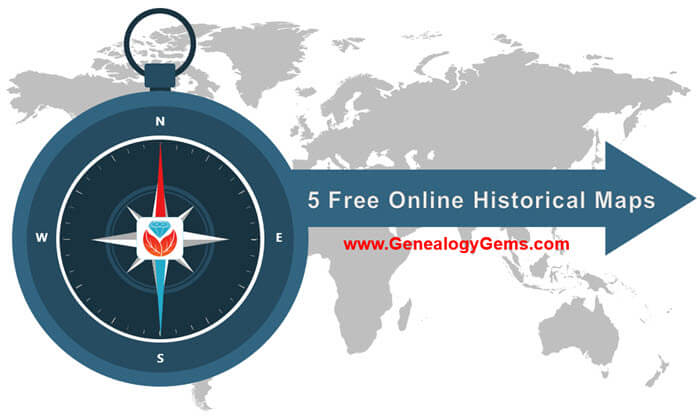
5 Free Online Historical Maps for Genealogy
These free online historical maps may help you learn more about your ancestors’ daily lives and flesh out your family history. Find maps for Victorian and Edwardian England and Wales; indigenous people of Canada and the U.S.; European synagogues; the Soviet military during WWII and even shipwrecks in and around Ireland.
We’ve reported previously on fantastic interactive map tools to help you learn more about your ancestors’ worlds. The best interactive maps don’t just give you locations: they combine locales with statistics, historical timelines, images or stories to help you get a sense of that time and place. (One amazing site that comes to mind is Bomb Site, an interactive map of the London Blitz.)
Recently, several interactive map tools have come across my desk for consideration in our weekly Friday Records post, so here’s a nice roundup of them. Whether you have ancestors from these places or cultural communities, or whether you just love old maps as Lisa Louise Cooke and I do, we think you’ll enjoy these.
Featured Free Online Historical Map: Populations Past
Populations Past is a new interactive online atlas of Victorian and Edwardian populations in England and Wales. According to the site overview page, “The second half of the nineteenth century was a period of major change in the dynamics of the British population….[But] this transition was not uniform across England and Wales….This website allows users to create and view maps of different demographic measures and related socio-economic indicators every 10 years between 1851 and 1911. These include fertility, childhood mortality, marriage, migration status, household compositions, age-structure, occupational status and population density.” Brief explanations are included, and you can zoom in, compare maps and even download them. The atlas is hosted on the University of Cambridge website.
Map of Native Lands and People
Yes! Magazine has reported on the free Native Land website and app, which help you learn about the history of wherever you are (or wherever you want to learn about). According to the article, the site “seeks to map Indigenous languages, treaties, and territories across Turtle Island” (North America). As you can see from the screenshot below, though, other parts of the world are also included. When you enter any ZIP code, the map “will zoom in on your inquiry, color-code it, and pull up data on the area’s Indigenous history, original language, and tribal ties.”
The site’s About page stresses that the boundaries and names used are meant to come from the point of view of native people (rather than their conquerors) and that different perspectives exist. The site does actively solicit user feedback, though so much has been received that corrections are temporarily on hold. It’s certainly a fascinating lens through which to view the history of the land your ancestors lived on or settled—or perhaps even the property on which you yourself live now.
Map of European synagogues
Over 3000 synagogues have been mapped out at the free website, Historic Synagogues of Europe. The site aims “to provide a comprehensive and up-to-date inventory of the historic synagogues of Europe,” encompassing the 47 member states of the Council of Europe plus Belarus. Information about the various buildings, their historical and cultural significance, their current condition and their associated communities are included. Genealogists tracing Jewish ancestors might search extant synagogues located near an ancestor’s home, if known, to learn more about the building and at least to generally identify the communities that called it home. Sadly, though, according to this report on the site, only about 19% of European synagogues built before World War II are still standing.
4,000 Russian maps being digitized
A collection of about 4,000 topographical maps at Indiana University have traveled a long way (physically and culturally) since being produced by the Soviet military between 1883 and 1947. According to a press release, these maps of “the Eastern Bloc Borderlands project portray Poland, Ukraine, Belarus, Latvia, Lithuania, Estonia, Finland, and Western Russia – all areas greatly impacted by World War II and of strategic importance to Russia and the Soviet Union.”
These regions have changed greatly since the maps were created. In many cases, the maps identify villages and boundaries that no longer exist. The collection is being digitized because it contains such unique information that is of value to the international community. (What value may it have for your family history??)
About 1,000 of these maps have already been digitized and can be viewed at Indiana University’s Image Collections Online. The rest are forthcoming.
Shipwrecks around Ireland
Do you have relatives who may have been shipwrecked off the coast of Ireland? A new interactive map, the National Monuments Service Wreck Viewer, charts nearly 4,000 shipwrecks around the island. The data comes from the Wreck Inventory of Ireland Database, which catalogs thousands more wrecks that don’t have precisely known locations. In addition to a location, some wrecks report the name of the ship, the date of the wreck, the type of boat or ship and source of data (from Lloyd’s to a group of amateur divers). Many wrecks show very scant information but you may be able to use it in combination with other family history discoveries, such as newspaper articles or emigrant passenger lists, to add depth to your family history stories.
More Free Historical Maps Online!
Did I mention we love historical maps here at Genealogy Gems? Click on the articles below to read about more of our favorites. And for the ultimate historical maps education, join Genealogy Gems Premium eLearning, which gives you access to exclusive video classes by Lisa Louise Cooke on using historical maps and even Google Earth for genealogy!
Vintage NYC Street Views on Google Earth
4 Must-Explore Ancestry.com Collections
Meyers Gazetteer Online for German Genealogy

2 Unusual Genealogy Sources to Watch for at the Archives
These two unusual genealogy sources may unlock secrets to your family history research! The Archive Lady Melissa Barker shares tips for finding and using these two little-known types of original manuscripts that you may find tucked away in an archive.
Two unusual genealogy sources you may be missing out on
Census records, check. You’ve got them. Obituaries, birth records, death certificates, city directories….check, check, check. Scrap paper and orphaned documents….What? When’s the last time you put these on a checklist of genealogical sources to search?
Scrap paper–anything from receipts to notes to tickets–may contain scraps of your family history. In fact, here at Genealogy Gems, we blogged awhile back about a major family revelation that occurred simply because a researcher came across a train ticket receipt from 1856. And “orphaned documents” are any types of original documents that archivists come across, but don’t seem to belong to any particular collection. Meaning, they’ve been separated from their historical context, or “orphaned.”
3 places to find scrap paper and orphaned documents in archives
1. Vertical file collections
The majority of the time, scrap paper and orphaned documents in archives get filed in Vertical File Collections that are cataloged by surname or subject name. As I’ve written previously, vertical files (or subject files as they are sometimes called) can be found in most state and local archives, historical societies, genealogical societies, libraries and even in some museum collections. These files are simply collections of documents and ephemera that are put in file folders which are then put in filing cabinets and cataloged by surname or subject. They’re sometimes a filing location of last resort for anything that should be kept but doesn’t really “go” anywhere. And often, vertical files may be cataloged by subject but their individual contents probably aren’t.
2. Manuscript collections
Scrap papers and orphaned documents are also sometimes found in individual manuscript collections. Sometimes archivists will include scrap paper and orphan documents in a manuscript collection if they can determine the family or organization it belongs to. The scrap paper and orphan documents will be listed in the finding aid and usually referred to as “miscellaneous documents.”
In the Genealogy Gems Premium Podcast episode #149, I shared tips for visiting archives and doing research in original manuscript collections. Anytime you visit a library or archive that may have collections relevant to your family, ask to see their finding aids (which describe their collections). Scan descriptions for your family’s surname, ethnicity, occupations, where they went to school and church and other details you know about them.
3. Loose records.
Another place scrap paper and orphan documents can be found are in loose records, usually in contained in file folders entitled “Miscellaneous Documents” or “Orphan Records.” Again, ask whether you’re allowed to dig through these or at least look over any finding aids that describe their loose record collections. Digging through loose pieces of paper can be a treasure hunt. Even if what you discover doesn’t directly relate to your family, there are so many fascinating bits of history in loose records!
This little piece of scrap paper may have had important implications for those mentioned in it—can you decipher the charming spelling?
Learn more about researching with original records
Even though so much can be found, it’s true that not everything is online. To learn the most about your family history, you sometimes need to visit archives, libraries and other repositories. This is actually quite fun, especially when you discover unusual genealogy sources such as these! Click here to read more articles from The Archive Lady about researching in archives.
Images courtesy of Melissa Barker and Houston County, TN Archives.

About the Author: Melissa Barker
The Archive Lady
Melissa is a Certified Archives Records Manager, the Houston County, Tennessee Archivist and author of the popular blog A Genealogist in the Archives and an advice columnist. She has been researching her own family history for the past 27 years.








